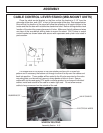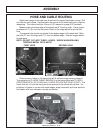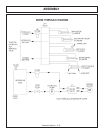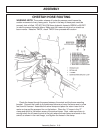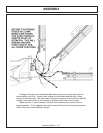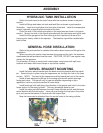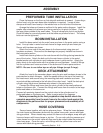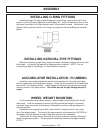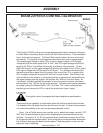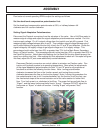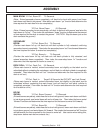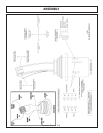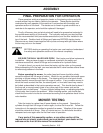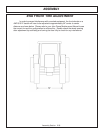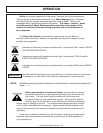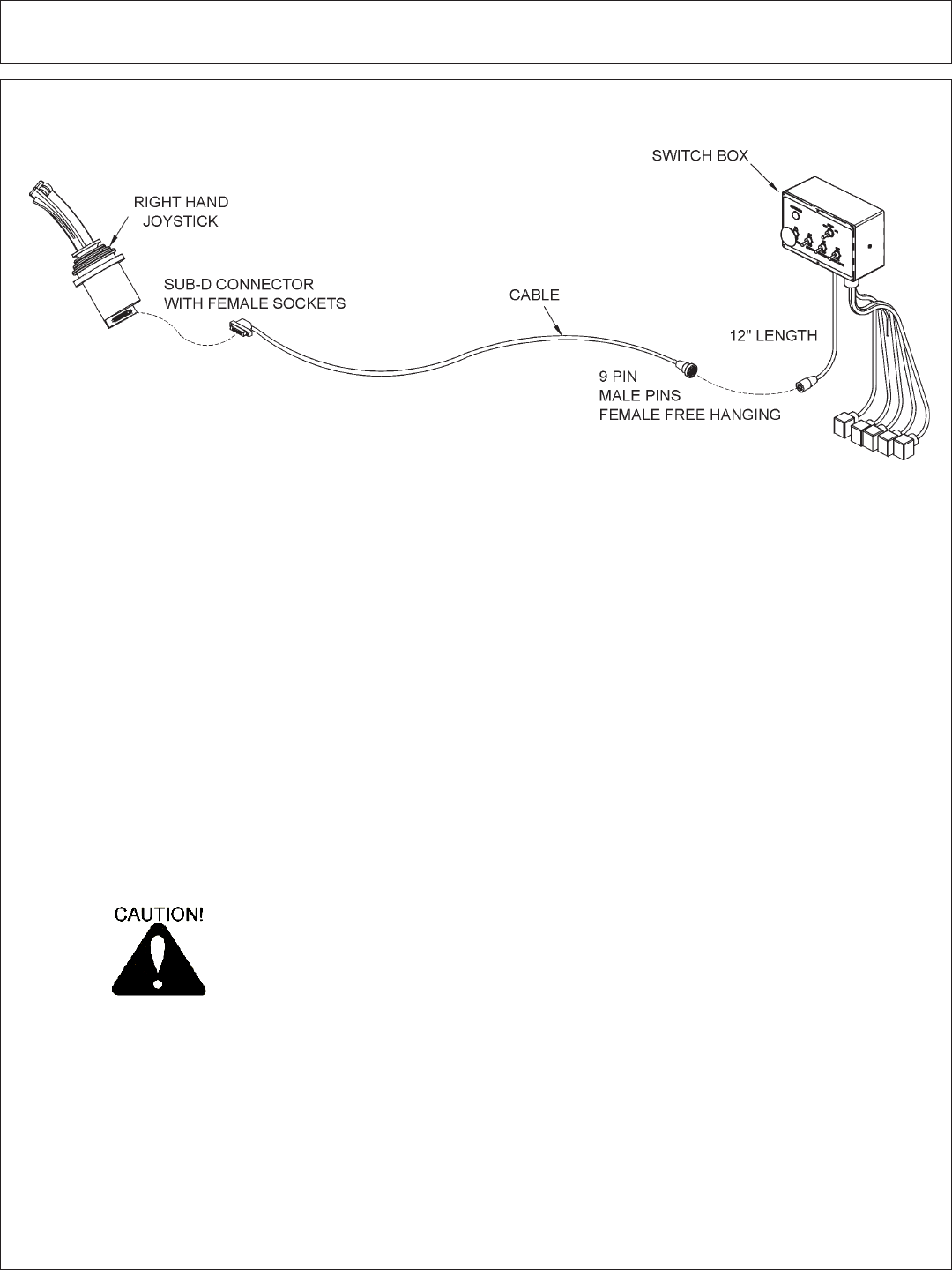
Assembly Section 2-21
ASSEMBLY
BOOM JOYSTICK CONTROL CALIBRATION
SUB-D
This Danfoss PVG32 control valve is now equipped with higher-resolution actuators
on Main Boom, Secondary Boom, Deck Roll, and Swivel functions. These actuators
have “active fault monitoring”. The Deck Shield section does not have “active fault
monitoring”. The joystick is unchanged and provides a ratio-metric voltage signal.
The neutral signal voltage is half or 50% of tractor supply voltage. A 25% signal
voltage will shift the valve spool to full “A-Port”, and 75% signal voltage will shift the
spool to full “B-Port” in the Main, Secondary, and Swivel valve sections. On the
Deck Roll function a 34% signal voltage will shift the valve spool to full “A-Port” and a
68% signal voltage will shift the spool to full “B-port”. If an actuator with active fault
monitoring receives a signal from the joystick that is less than 15% or greater than
85% of supply voltage the actuator will “fault out” and shut down. Also if there is an
internal failure in the actuator or if the spool position is greater than that specified by
the signal voltage from the joystick, the actuator will “fault out” and shut down. An
“active fault” condition causes the actuator to drive the spool to neutral, shut down,
and activate a “red” LED on the top of the actuator. The active fault can be canceled
by simply cycling the Master Switch “OFF” and then “ON”, which resets the fault
monitoring, and causes the LED on top of the actuator be “green” again.
The joystick control is equipped with signal adaption potentiometers.
These provide the capability to individually adjust the oil flow to each boom function.
It is important that the boom functions do not travel too fast. Excessive boom speed
can reduce the stability of the unit and decrease operator control.
Note: Use a Phillips screw driver and be sure to adjust the screws carefully! DO
NOT turn the potentiometers beyond their stopping point, potentiometers are very
delicate! Turning the “A” or “B” port potentiometers clockwise increases the oil flow
to increase the boom function speed, and turning them counterclockwise decreases
the oil flow to decrease the boom function speed. See the graphic on the next few
pages for help in adjusting.



